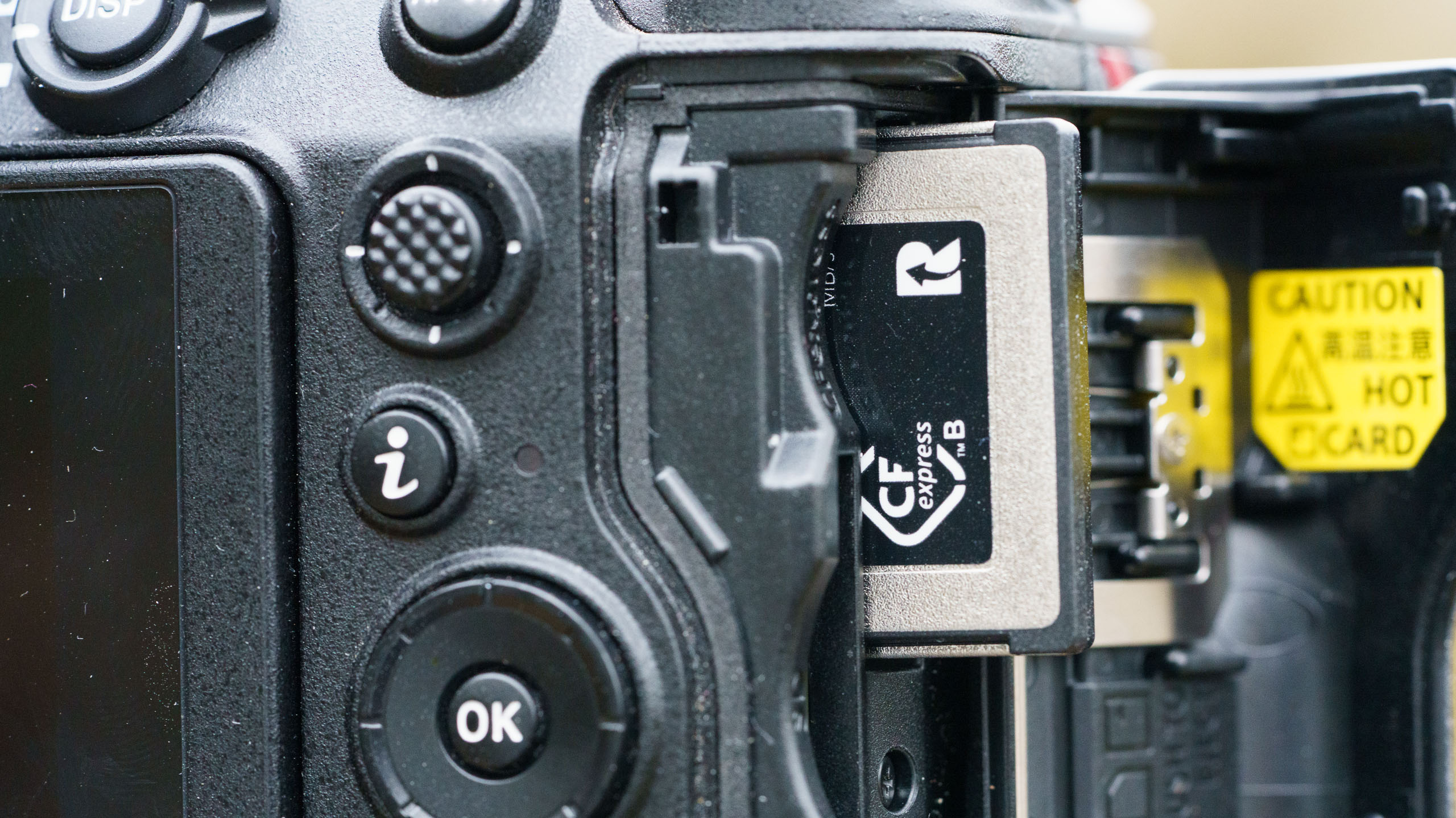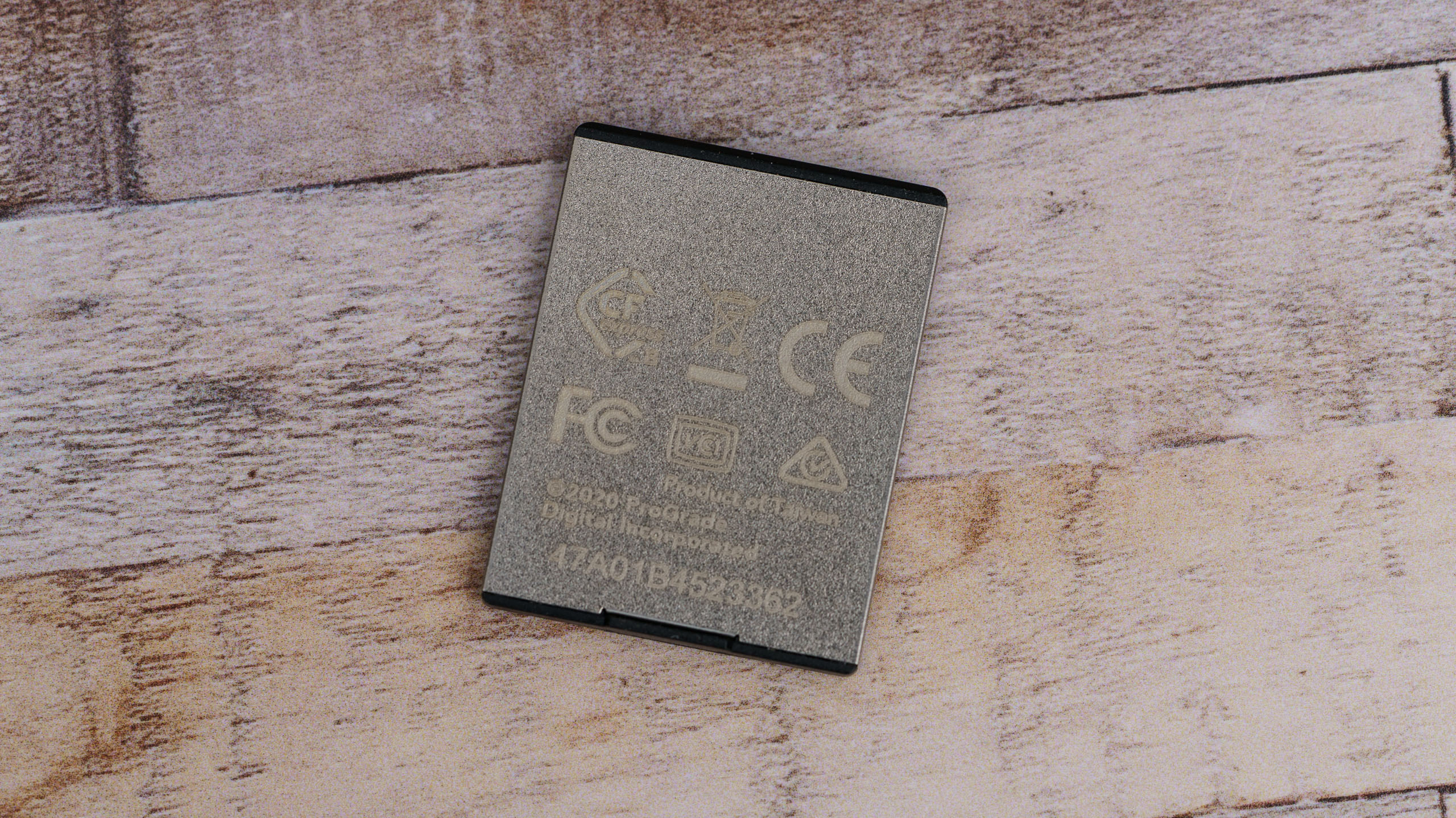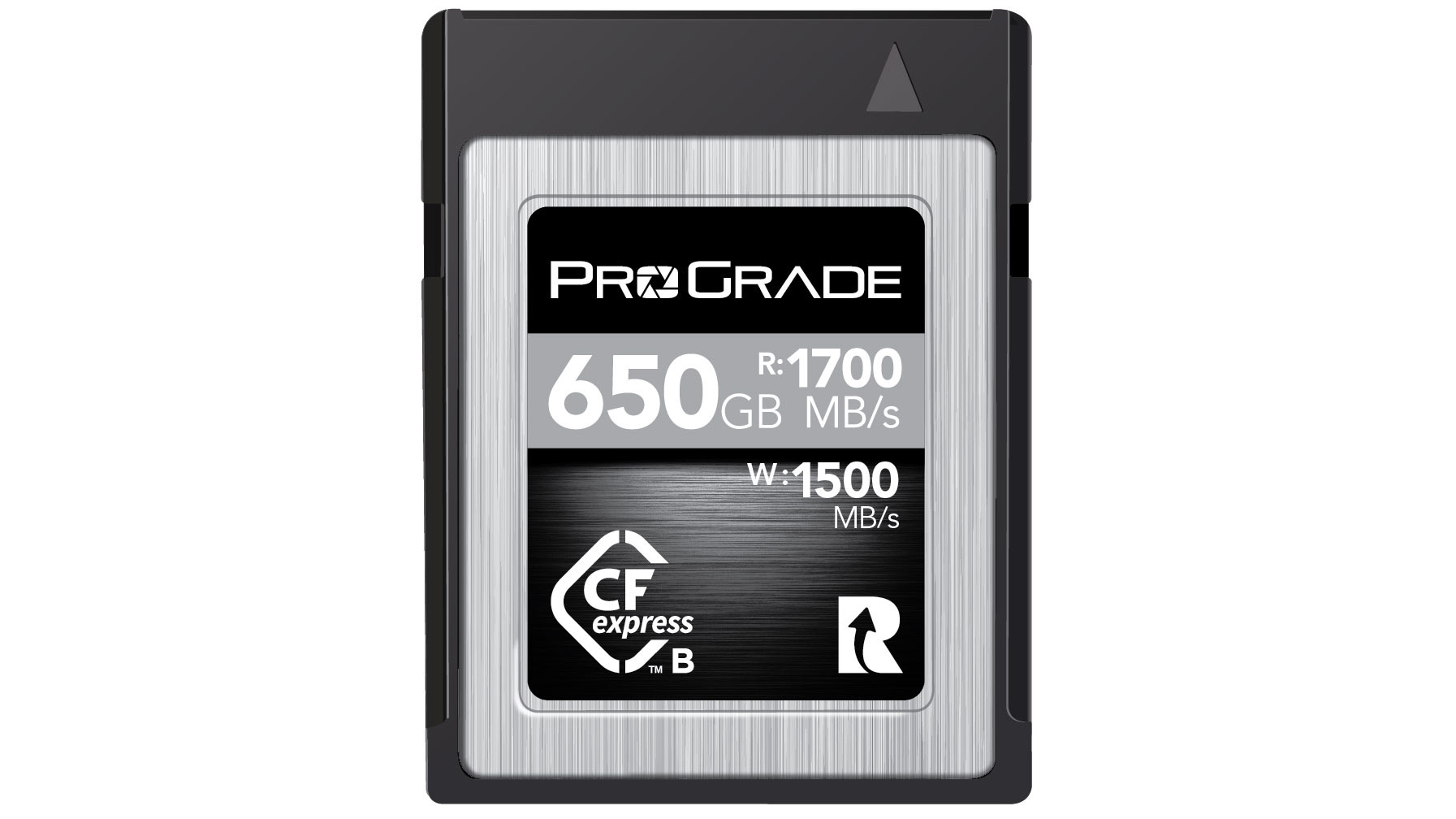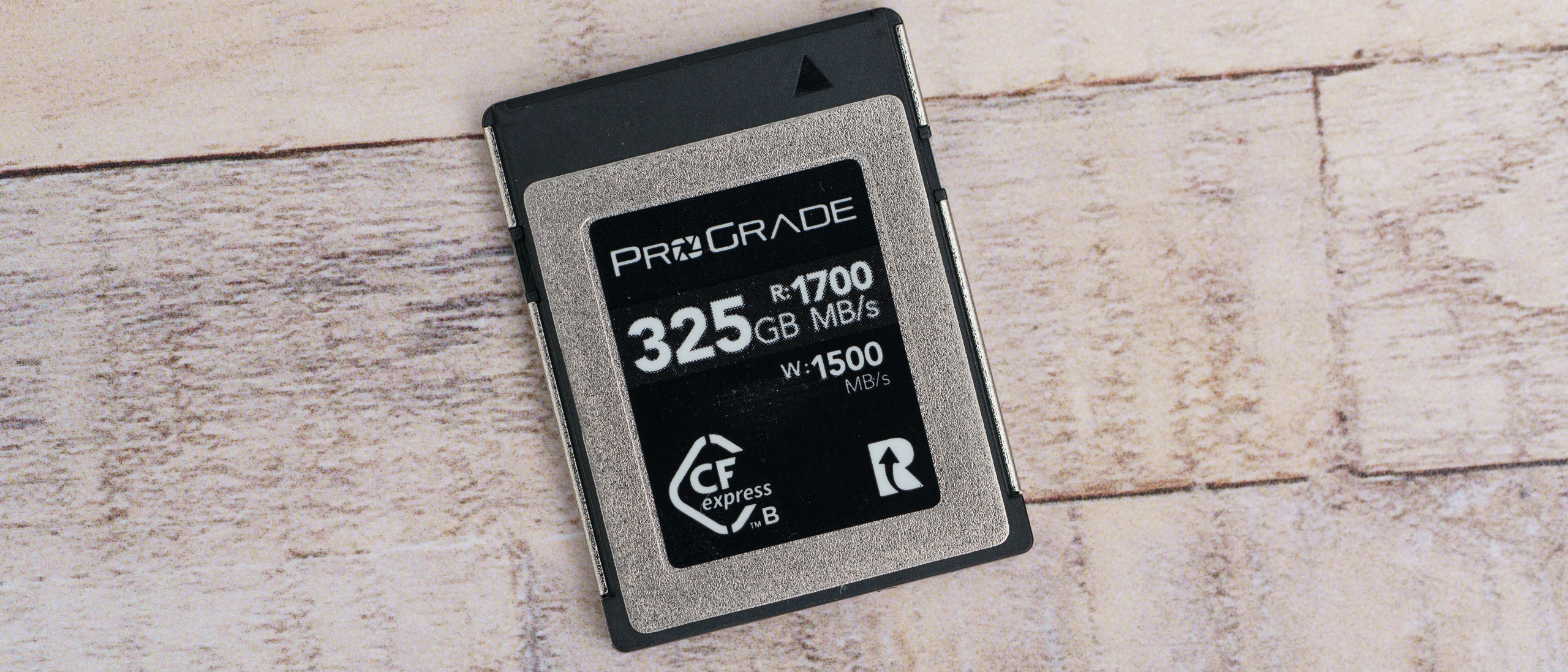Digital Camera World Verdict
It might be new to the market but ProGrade Digital has made quite an impact. The company aims its Cobalt CFexpress cards at professional photographers who need plenty of capacity as well as speed and don’t mind paying for it. However, it also offers more modestly prices CFexpress cards for less demanding users who have no plans to shoot 8K video or 45Mp images at 20fps.
Pros
- +
Up to 650GB capacity
- +
Nikon’s benchmark brand
- +
Solid performance
Cons
- -
Only available in 2 capacities
- -
Smallest capacity is 325GB
- -
High price
Why you can trust Digital Camera World
ProGrade Digital was launched in February 2018, so it’s a comparative newcomer to the memory card market, but its founders have a background in older memory brands and it has quickly gained recognition. So much so that Nikon used ProGrade’s Cobalt CFexpress cards to obtain the quoted burst depth figures for the Nikon Z 9.
ProGrade Digital makes two lines of CFexpress Type B card, the Gold series cards which have read speeds of up to 1700MB/s and write speed of up to 400MB/s, and the Cobalt cards which have an NVMe PCIe 3.0 x4 interface which helps them to deliver the same maximum read speed as the Gold card but much faster write speeds of 1500MB/s. These speeds make the Cobalt cards suitable for recording 8K footage or high bit rate and raw video.
The Cobalt CFexpress cards are only available in two capacities, 325GB and 650GB, which means the starting price is pretty high ($429.99/£316.44). There’s also a 650GB card ($773.99/£569.59), which is the highest capacity CFexpress card currently available.
Specifications
Max read speed: 1750MB/s
Max write speed: 1500MB/s
Available capacities: 325GB, 650GB
Build and handling
Like other CFexpress Type cards, the ProGrade Cobalt card is externally indistinguishable from an XQD card but at around 29.6 x 38.5 x 3.8mm it’s appreciably beefier than an SD card. Like most other CFexpress card manufacturers (SanDisk being an exception), ProGrade Digital has opted to wrap the rear metal casing around the edges of the card to give an extra-durable feel. There’s also a metal cover over most of the front of the card.
This card has an assured fit in the Nikon Z 7II’s CFexpress card slot and clicks home securely.
Performance

I tested the 325GB ProGrade Cobalt CFexpress card and my first step was to insert it in a ProGrade Digital USB 3.2 Gen 2.0 Dual-Slot Card Reader connected to a Thunderbolt 3 port in my 2019 iMac. Testing with Blackmagic Design Disk Speed Test revealed a read speed of around 858MB/s and a write speed of about 900MB/s, once again impressive but below the stated maximums.
For my next test, I dragged a folder with 100 raw files and 100 Jpegs shot on the Nikon Z 7II from the card onto the desktop of my computer. It took just 25 seconds for the files to copy across - the fastest time I’ve experienced with a memory card.

Next, I put the card in the Nikon Z 7II to check the burst speed and depth in Continuous High (extended) shooting mode. When shooting fine-quality Jpegs, I was consistently able to capture 128-130 images in one go, beating the claimed maximum burst of 113 images. However, when shooting uncompressed 14-bit raw files is was only ever able to capture 44 in one sequence, 4 short of the claimed maximum. It’s worth noting that differences in the captured scene result in different file sizes and this may have an impact on the maximum number of raw files that can be captured in one blast.
Naturally, I also used the card in the Nikon Z 7II for regular photography and it performed flawlessly. Similarly, it also enabled 30 minute clips of 4K 60p video to be recorded without any issue.

Verdict
While, as usual, the bench test figures don’t match the maximum data transfer speed printed on the box, the ProGrade Digital Cobalt CFexpress Type B proved itself to be a solid performer, enabling a high Jpeg burst depths, coping perfectly with 4K 60p video recording and transferring images very quickly across to a computer.
Read more
Best memory cards
Best memory card readers
Best CFexpress cards
What is CFexpress Type A?
Angela has been testing camera gear from all the major manufacturers since January 2004 and has been Amateur Photographer’s Technical Editor and Head of Testing for Future Publishing’s photography portfolio (Digital Camera Magazine, PhotoPlus: The Canon Magazine, N-Photo, Practical Photoshop, Photography Week and Professional Photography magazines, as well as the Digital Camera World and TechRadar websites). She is the founder of SheClicks - a community group that encourages and supports female photographers.



